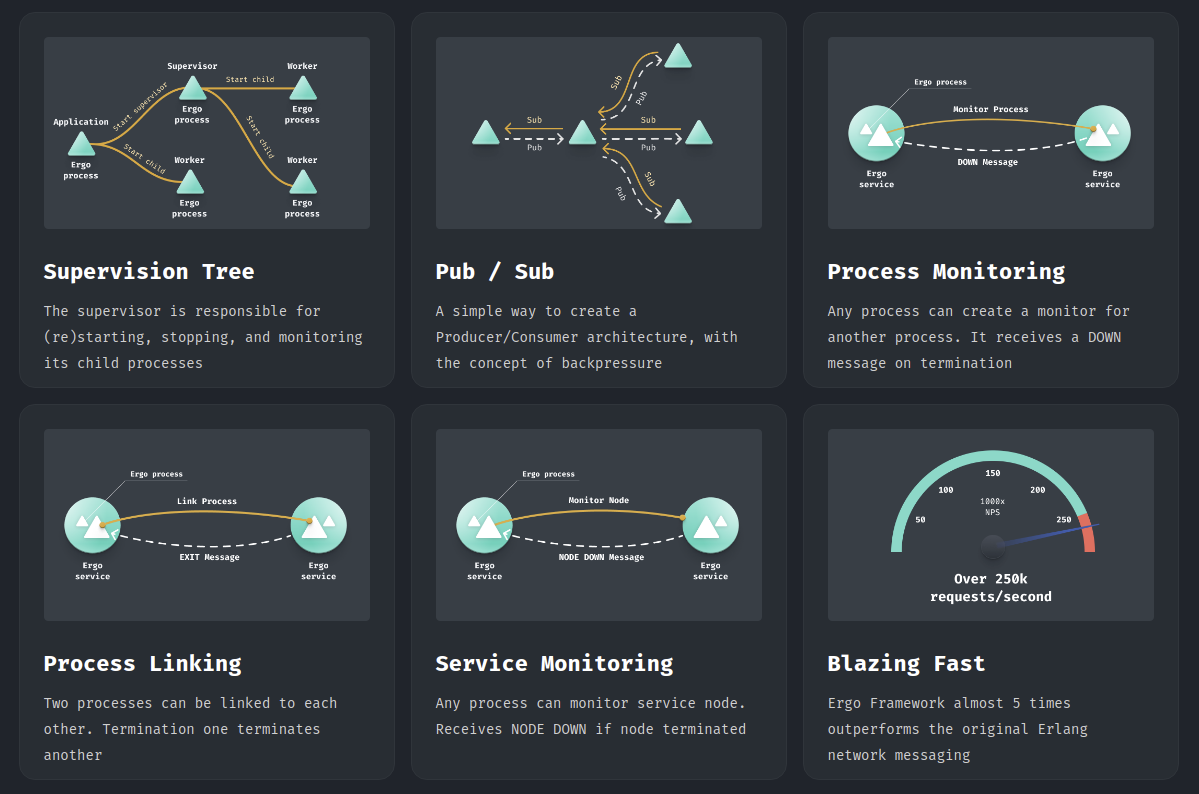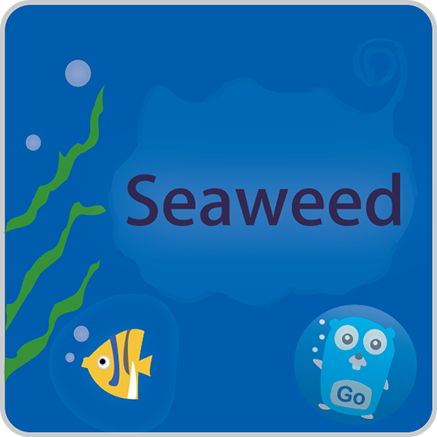Gruid
The gruid module provides packages for easily building grid-based applications in Go. The library abstracts rendering and input for different platforms. The module provides drivers for terminal apps (driver/tcell), native graphical apps (driver/sdl) and browser apps (driver/js). The original application for the library was creating grid-based games, but it's also well-suited for any grid-based application.
The core gruid package uses a convenient and flexible architecture of updating a model in response to messages strongly inspired from the bubbletea module for building terminal apps, which in turn is based on the functional Elm Architecture. The architecture has been adapted to be more idiomatic in Go in the context of grid-based applications: less functional and more efficient.
You can find there annotated examples and the documentation.
Note: the module is already usable and the core functionality and APIs should be stable or close to it. It is expected that after a testing period to collect user feedback, a stable version will be released.
Overview of packages
The gruid package defines the Model and Driver interfaces and allows to start the “update on message then draw” main loop of an application. It also defines a convenient and efficient slice grid structure to represent the logical contents of the screen and manipulate them.
The ui package defines common UI widgets and utilities: menu/table widget, pager, text input, label, styled text drawing facilities and replay functionality.
The tcell, js, and sdl packages in the drivers sub-directory provide specific rendering and input implementations satisfying gruid's package Driver interface. The provided terminal driver only handles full-window applications. See the README.md files in their respective folders for specific build and deployment instructions. Note that until lazy module loading comes (hopefully with Go 1.16), unless you manually remove the sdl dependency, you will probably need to install SDL2 even if you only want to use tcell for the terminal.
The tiles package contains helpers for drawing fonts on images, which can be used to manage character tiles using a Driver from either drivers/sdl or drivers/js.
The paths package provides efficient implementations of some common pathfinding algorithms that are often used in grid-based games, such as roguelikes. You will find implementations of the A* algorithm, as well as Dijkstra, breadth first, and connected components maps computations. See the movement example for an annotated example using A* and the mouse.
The rl package provides some additional utilities commonly needed in grid-based games such as roguelikes. The package provides an event priority queue, a field of view algorithm, map generation algorithms, as well as vault parsing and manipulation utilities.
Examples
In addition of the annotated examples that come within the gruid module, you may want to look also into some real world examples of gruid programs:
- gospeedr : a simple speed reading program.
See also
If you need to handle wide-characters, that is characters that take two cells in the terminal, you may want to look into go-runewidth.
The clipboard module may be of interest for some applications too, as copying and pasting is not handled by gruid. Note that, at this time, the clipboard module does not support the js platform, but there's at least one fork that does.
As gruid only provides a few map generation algorithms, you may be interested in the dngn module, which provides map generation algorithms too, though its representations of maps is different.






